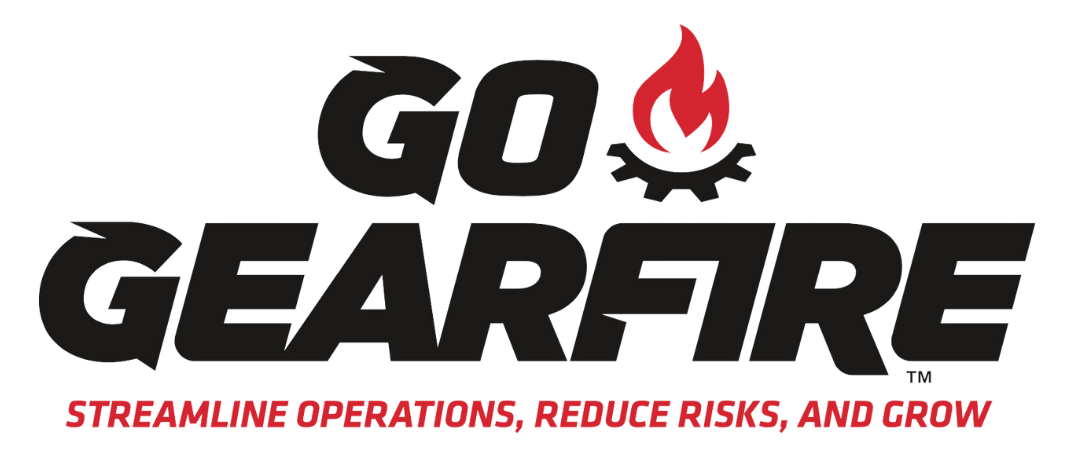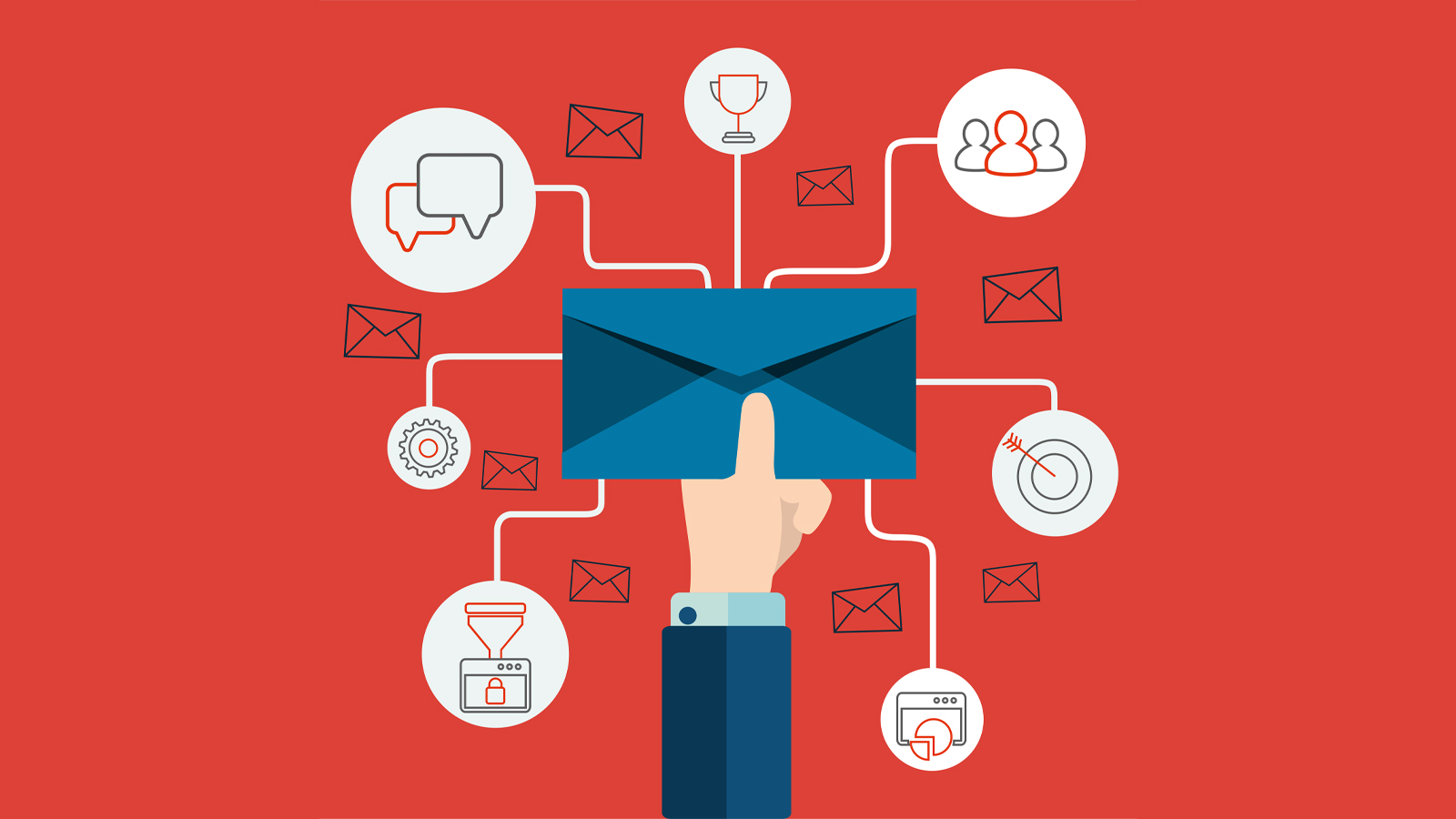
Digital Marketing
How to Win Back Lost Email Subscribers with Effective Re-Engagement Campaigns
On average, you will lose nearly 25% of the users on your email list every year.
Sure, people will unsubscribe; churn is a natural part of email marketing. But you’re actually losing more contacts than you may realize. According to Loren McDonald of IBM Marketing Cloud, you’ll lose an additional 10% – 25% of your subscribers due to disengagement. But this is the segment you’ll have the opportunity to win back!
Users who disengage from your email program are often doing so for a multitude of reasons. Some most notable include email fatigue, irrelevant content, lack of personalization, and poor subject lines, to name a few. By taking the time to figure out the precise reasons, you’ll be able to produce more compelling re-engagement campaigns.
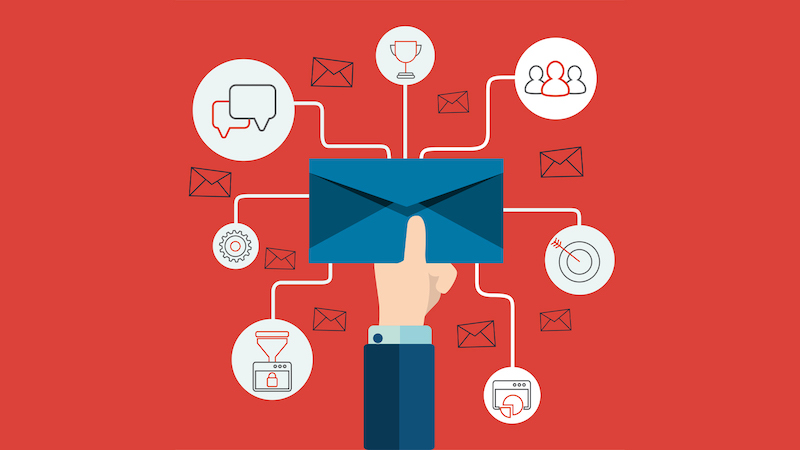
What is a Re-Engagement Email Campaign?
A re-engagement email, also referred to as win-back email, is exactly as it sounds – an email sent in an attempt to re-activate contacts who have stopped engaging with your emails for an extended period of time.
With a successful re-engagement campaign, you’ll be able to positively boost email stats, elevate customer satisfaction with your business, and potentially increase sales. Surprisingly, this effective strategy doesn’t get put into play nearly enough by email marketers. Let’s change that!
How to Start Your Re-Engagement Campaign
1) Segment Your Inactive Subscribers
The first step is to identify the disengaged contacts that you’ll be emailing. To do this, you’ll need to create a segment, which narrows down your audience with a specific set of criteria. As it relates to criteria, a commonly used standard for a re-engagement campaign is: subscribed users who have not opened and/or clicked on any of your emails within the last 3-6 months.
2) Establish Your Strategy and Build Your Workflow
Once you’ve got your segment created, it’s now time to put an action plan in place. At this point, it’s important to mention that this is not a mere single email – it’s an email sequence! That’s right, truly successful re-engagement campaigns don’t consist of just one email; they’re usually a series of 3-4 carefully constructed emails within a logical workflow. Why? There are several reasons:
- It’s simply not enough to send one simple email asking people to “please come back”. You must show them why it’s worth it to do so with true effort. And that’s not something you can achieve in a single email.
- A sequence allows you to cover more bases without overloading your customers with too much information at once.
- As a widely used strategy, most will offer an incentive to win back users. Sometimes more than one. This will give you the opportunity to understand which incentives resonate most.
After establishing your exact strategy, encompassing concise messaging and applicable incentives for each email, it’s now time to lay out your workflow for how you wish the campaign to specifically function. A workflow, for those not yet familiar is the ability to send time or action-triggered emails with relevant information through your email marketing software. While there is a vast amount of knowledge to learn about workflow setup, understanding workflow best practices is a great place to start. In short, your re-engagement campaign workflow should contain your segment, the emails you plan on sending, time delays, and some if/end if statements, to name a few.
3) Create Your Re-Engagement Campaign Emails
Utilizing your above strategy, it’s now time to put your individual emails together. Remember, the goal is to grab people’s attention and restate your value proposition (why they signed up in the first place). It’s worth noting, however, that while the primary objective is to turn disengaged users into engaged users, there’s also a secondary objective – removing or unsubscribing anyone who has no intention of engaging with your emails again. That may sound painful, but it will be beneficial from a cost and statistical standpoint. With that said, there should definitely be a visible call to action button in each email asking users to either remain subscribed or to update their email preferences, if you happen to utilize those.
Now, let’s dive into a tried-and-true recipe that most email marketers deploy for their re-engagement campaigns.
Email 1: The Reminder
This is the initial email, which is meant to break the ice, remind them how/why they’re on your list, and to restate the benefits that come from engaging with your emails.
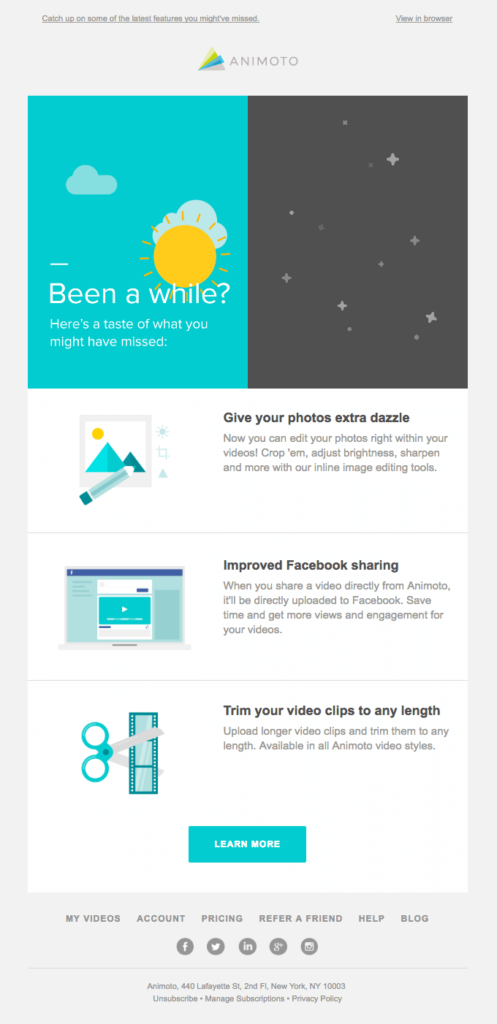
Email 2: The Offer
Within 2-4 days, assuming the first email wasn’t successful, it may be time to offer an incentive to win them back. You’ll obviously need to construct an incentive which makes sense for your business, but something along the lines of a small discount or a free gift with their next purchase tend to stand out.

Email 3: Offer Reminder / Greater Offer
Considered optional, this email can be used as opportunity to either restate your previous offer (usually with a more creative subject line), or to provide a greater incentive in hopes of winning them back.
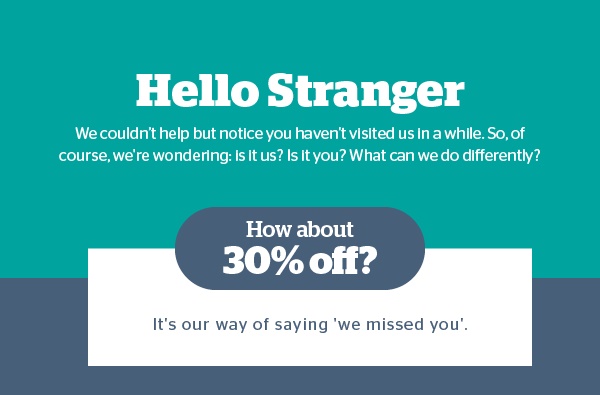
Email 4: The Goodbye
You gave it your best effort. But if all else failed, it’s time to say goodbye and unsubscribe all non-engaged users after a period of another 5-7 days. But give them an option to come back in case they change their mind.
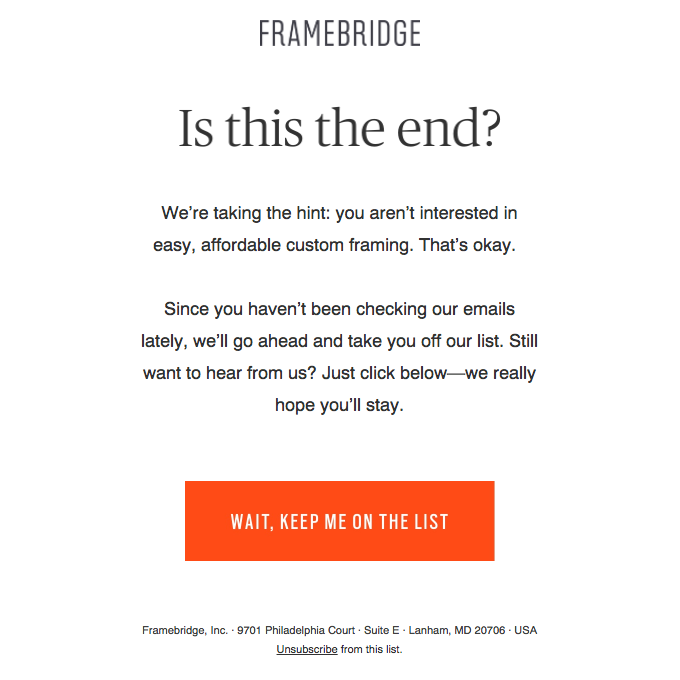
That, in a nutshell, is the recipe for a re-engagement campaign which works.
But wait, there’s more!
Here are a few more helpful tips that’ll help you increase your chances of making your re-engagement campaign more successful.
- Write eye-catching, yet succinct subject lines
- Consider using emojis in your subject lines to draw more attention
- Utilize personalization tags within your subject line and body of the emails
- Remember to use language that resonates with your customer base
Interested in creating your own re-engagement campaign? Good! If you’re already a Gearfire Marketing customer, you’ve got the tools you need, and we hope this post will be a resourceful guide to help you get started. If you’re not already signed up, schedule a personalized demo today to begin the process! You too can create masterful designs and win back customers like a pro with no tech skills required.
For Latest News & Update
Want Receive the Best Gearfire Insights? Subscribe Now!
We can help you to create your dream platform for better business revenue.
